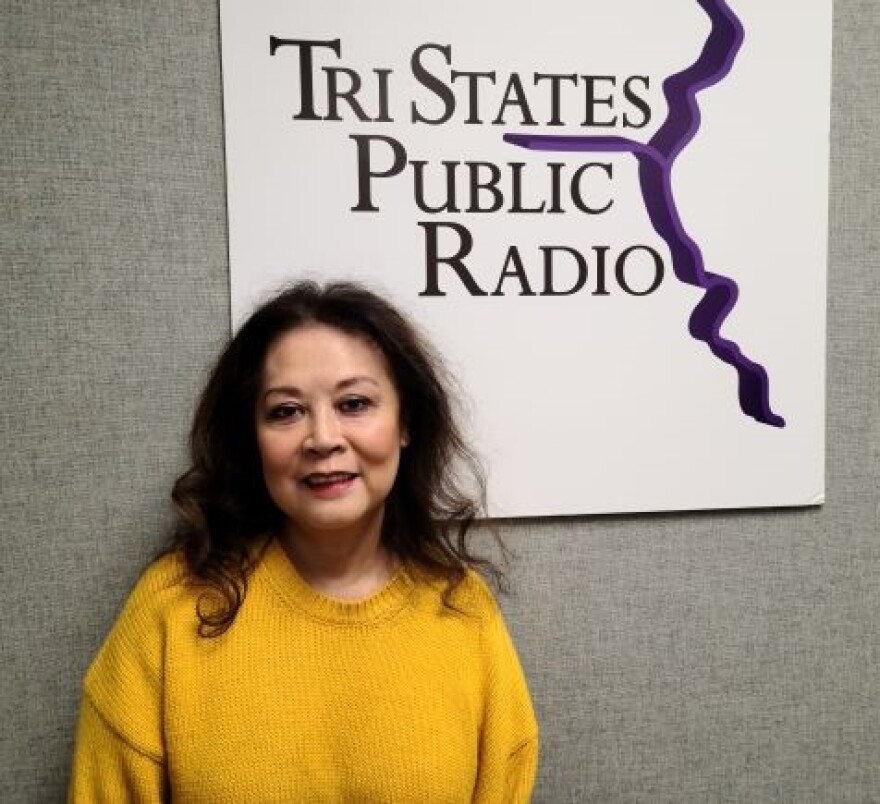The term “Model Minority” has a protracted and layered history. It was born of America’s change in perception of a race that it had historically oppressed and demonized to one that, at least on the surface, it eventually accepted and lauded.
Throughout the late 19th century, culminating in the passing of the Chinese Exclusion Act of 1882, which prohibited a specific race from entering the country, the persecution of Chinese laborers in America was unrelenting. This law was in effect for 61 years.
Then, the day after Pearl Harbor was attacked, forcing the US to enter the war, China declared war on Japan and became a US ally. The Chinese Exclusion Act was later repealed for political reasons and re-casted the Chinese people as the “good Asians” in contrast to the “bad Asians of Japan.” Within two months after Pearl Harbor, Executive Order 9066 was signed by FDR authorizing the unconstitutional incarceration of well over 100,000 Japanese Americans, 2/3s of whom were American citizens. Four years later, they were released with explicit and tacit directives to “assimilate into white society.”
With instructions to blend in as well as one can, with the trauma of internment fresh on their minds, Japanese Americans did exactly that. They remained quiet and docile so as not to call attention to themselves, obedient and uncomplaining for fear of another sudden incarceration. They worked hard and relied only on each other lest they be seen as burdens on white society. Here is when the American perception of the Japanese, and later on of other Asians, shifts.
This is the portrait of the Japanese American post WWII that William Petersen, a Berkley sociologist, painted in his New York Times magazine article in 1966. He touted the exceptional achievements of Japanese Americans despite the years of racial prejudice and discrimination they faced in America, which he credited to their cultural values. He called the Japanese Americans the “Model Minority.”
But Petersen’s praise of the Japanese Americans produced unintended and deleterious repercussions, not only on Asian Americans but on other minority groups. These damaging repercussions, three of which will be addressed here, are palpable today.
First, the “Model Minority” label created a stereotyping framework that ignores the complex diversity of the Asian people and instead presents them as an undifferentiated group of educational and economic high achievers. But when data on income by ethnicity are teased out, a very wide discrepancy among Asians is revealed. While some Asians may have the highest average household income in the US, some also have the lowest median earnings. This staggering discrepancy among Asians is also observed in educational attainment where higher income families tend to have children that go on to college.
Second, the “Model Minority” label often becomes a trap, most notably in academics, for Asians who feel pressured to live up to it, to earn the A pluses, because anything less would be found wanting. This pressure comes from both society and Asian parents themselves. Education is paramount in Asian culture and on which one’s life success or failure is hinged. The expectation Asian parents have of constant academic excellence from their children exacts a heavy toll on the mental and emotional well-being of many young people. But getting help in this area for an Asian is not an easy climb. Mental health issues are generally stigmatized in Asian families because they are seen as weakness. And to seek professional help for them—in a culture that unassailably values face—would be a humiliation of the worst kind. But the price for face saving is steep, and the heartbreaking consequence of these model minority expectations and cultural restraints is the escalating suicide rate among Asian Americans aged 15 to 24, the highest in the country!
Third, there is the thinly-veiled rebuke at others the label “Model Minority” carries. If among minorities, Asians are the reference group, who are the out groups? The answer looms when we consider that the term “Model Minority” was added to the national vocabulary during the end of the Civil Rights Movement but the beginning of Black Power Movement and other social programs. As Brian Nilya of Densho Encyclopedia stated: “The label pitted Asian Americans who supposedly attain success without governmental help against other racial groups and was used to support a reactionary ideology and to criticize social programs that aided other disadvantaged groups.”
Sadly, more than 50 years later, the term “Model Minority” is still used and its implications are still perpetuated by certain elements in society, mainly to disarm the argument that white privilege and systemic racism exist. Any ideology, notion, or label that divides people, that foments tribalism, that puts a wedge between minority groups—who at base are all fighting for racial equity—must be abandoned. Casting off the Model Minority concept is a step in this direction.
Maureen Marx is retired from Western Illinois University, where she was chair of the Speech Pathology and Audiology Department. She is now a volunteer and community activist.
The opinions expressed are not necessarily those of WIU or Tri States Public Radio.
Diverse viewpoints are welcomed and encouraged.


